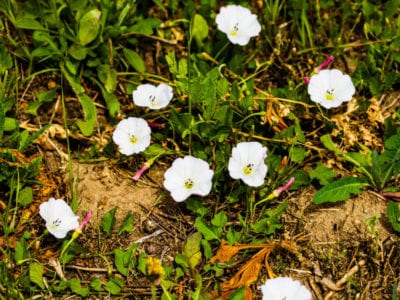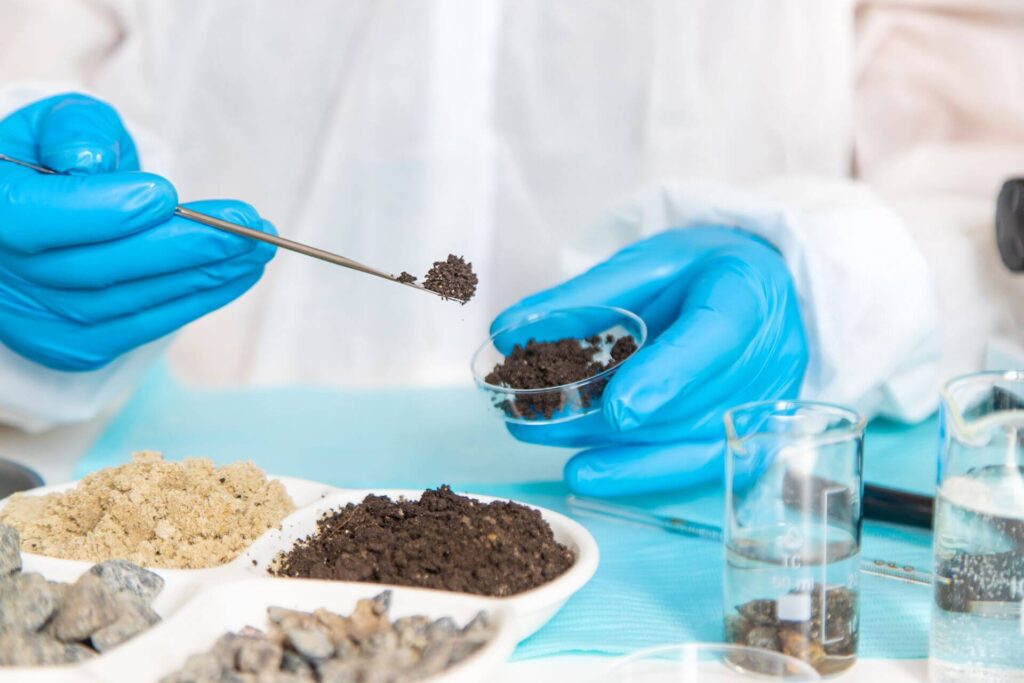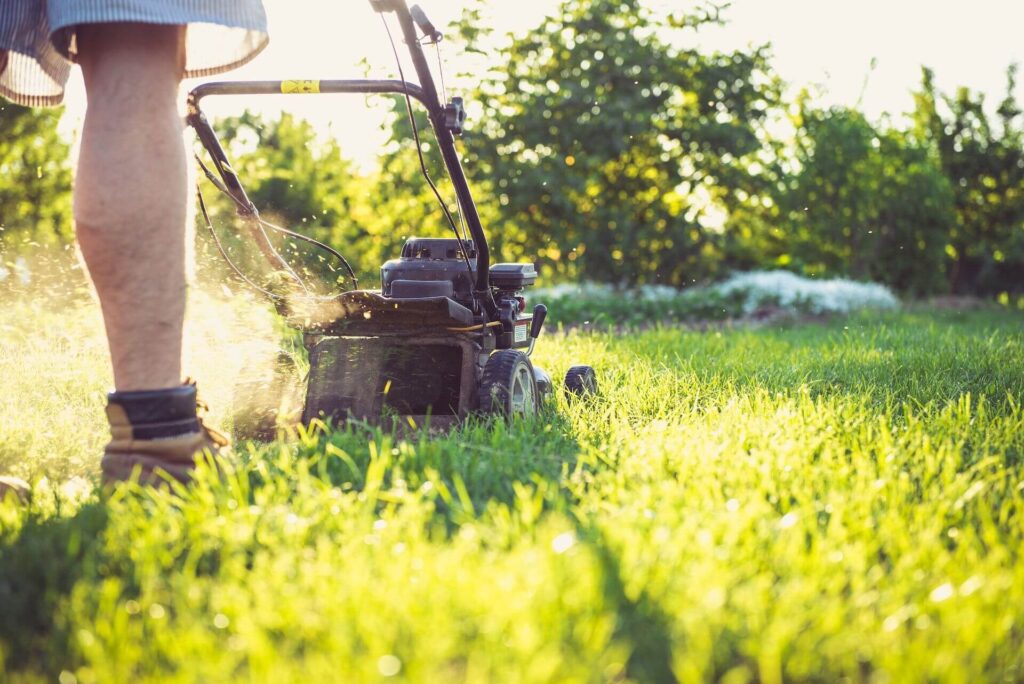Weeds can be the bane of any homeowner’s lawn, especially in central Colorado. If you’re battling these pesky intruders, understanding the differences between the various weed control products available can be daunting. That’s why we’re going to explain the two main types of weed management products, pre-emergent and post-emergent herbicides. As you read on, you’ll learn practical tips and strategies to manage and prevent weeds effectively, ensuring a lush, healthy lawn year-round.
The Importance of Weed Control

Weeds compete with your grass for nutrients, water, and sunlight, making them a significant threat to the health and appearance of your lawn. Effective weed control is essential not only for aesthetic reasons but also for maintaining the overall health of your lawn. By using the right herbicide at the right time, you can minimize weed growth and keep your lawn looking its best.
What are Pre-Emergent Herbicides?
Pre-emergent herbicides are your first line of defense against weeds. These herbicides work by creating a chemical barrier in the soil that prevents weed seeds from germinating and emerging. Here’s how they work and when to use them:
- How They Work: Pre-emergent herbicides target weed seeds as they start to germinate. They inhibit cell division, stopping the growth process before the weed can establish itself.
- Purpose: The main purpose of pre-emergent herbicides is to prevent weed seeds from becoming mature plants. They are most effective against annual weeds, such as crabgrass and foxtail.
- When to Apply: Timing is crucial. For warm-season weeds, apply pre-emergent herbicides in early spring before soil temperatures reach 55°F. For cool-season weeds, a fall application is recommended, typically in early September.
What are Post-Emergent Herbicides?
Post-emergent herbicides tackle weeds that have already emerged and are visible in your lawn. These herbicides are applied directly to the leaves of the weeds, where they are absorbed and transported throughout the plant, killing it.
- How They Work: Post-emergent herbicides disrupt the growth processes of established weeds, targeting their leaves, stems, and roots.
- Purpose: These herbicides are used to control actively growing weeds that have already appeared above the soil. They are effective against a wide range of weed species, including dandelions, clover, and broadleaf weeds.
- When to Apply: Apply post-emergent herbicides when weeds are actively growing, typically during the spring and summer months. It’s important to choose a calm day with no rain in the forecast to prevent the herbicide from washing away or drifting to desirable plants.

Application Tips for Pre-Emergent and Post-Emergent Herbicides
Applying herbicides correctly is key to their effectiveness and safety. Here are some tips to help you get the best results:
- Pre-Emergent Application Tips:
- Timing: As mentioned, apply in early spring or fall depending on the type of weeds you’re targeting.
- Watering: Lightly water your lawn after application to activate the herbicide. Be careful not to overwater, as this can wash the herbicide away.
- Coverage: Ensure even coverage by using a spreader. Missing spots can allow weeds to grow.
- Post-Emergent Application Tips:
- Targeting: Apply directly to the leaves of the weeds. Be precise to avoid damaging surrounding grass and plants.
- Conditions: Apply during calm, dry weather. Avoid application if rain is expected within 24 hours.
- Safety: Wear protective gear, such as gloves and long sleeves, to avoid skin contact. Keep children and pets off the treated area until it is completely dry.
Environmental Considerations and Safety Precautions
When using herbicides, it’s essential to consider the environment and safety:
- Environmental Impact: Choose herbicides that are safe for the environment. Avoid products with harmful chemicals that can leach into groundwater or harm beneficial insects.
- Safety: Always read and follow the label instructions. Store herbicides in a safe place, out of reach of children and pets.
The Benefit of Professional Application Services
While DIY herbicide application is possible, professional lawn care services offer several advantages:
- Expertise: Professionals have the knowledge and experience to identify the specific weeds in your lawn and choose the most effective treatment.
- Precision: They ensure accurate application, reducing the risk of damage to your lawn and surrounding plants.
- Convenience: Save time and effort by letting the experts handle the job.
Understanding the differences between pre-emergent and post-emergent herbicides and how to use them effectively can significantly improve your weed control efforts. For the best results and to ensure the health of your lawn, consider professional herbicide application. Contact J. Rick Lawn and Tree for expert advice and services to keep your lawn weed-free and thriving.
Other Great Articles about Lawn Care Trips

Soil Testing 101: Why It Matters for a Healthy Lawn
Regardless of how long you’ve been in Colorado you’ve most likely learned one thing; Colorado’s finicky weather and stubborn clay soil can make it frustrating to get a lush green lawn. And while we spend a lot of time talking about what’s happening above the ground—like mowing, watering, and fertilizing—the real magic (or mischief) happens…

The Complete Guide to Fall Lawn Care: Best Practices for Preparing Your Lawn for Winter
Is this your first fall as a Colorado Springs homeowner? Whether you’re ready to winterize your lawn for the first time or simply need a fall lawn care refresher for the home you’ve lived in for years, these essential lawn care basics will help you transition your lawn from the summer season to winter. Fall…

The Complete Guide to Lawn Mowing + Lawn Mowing Tips for Colorado Springs Homeowners
Mowing your Colorado Springs lawn is more than a weekend chore; it’s essential to keeping your green space healthy and attractive. You may think the only purpose of mowing is to keep your grass from getting unruly. However, your mowing practice can actually help increase your lawn’s density and encourage deep root growth, two factors…
